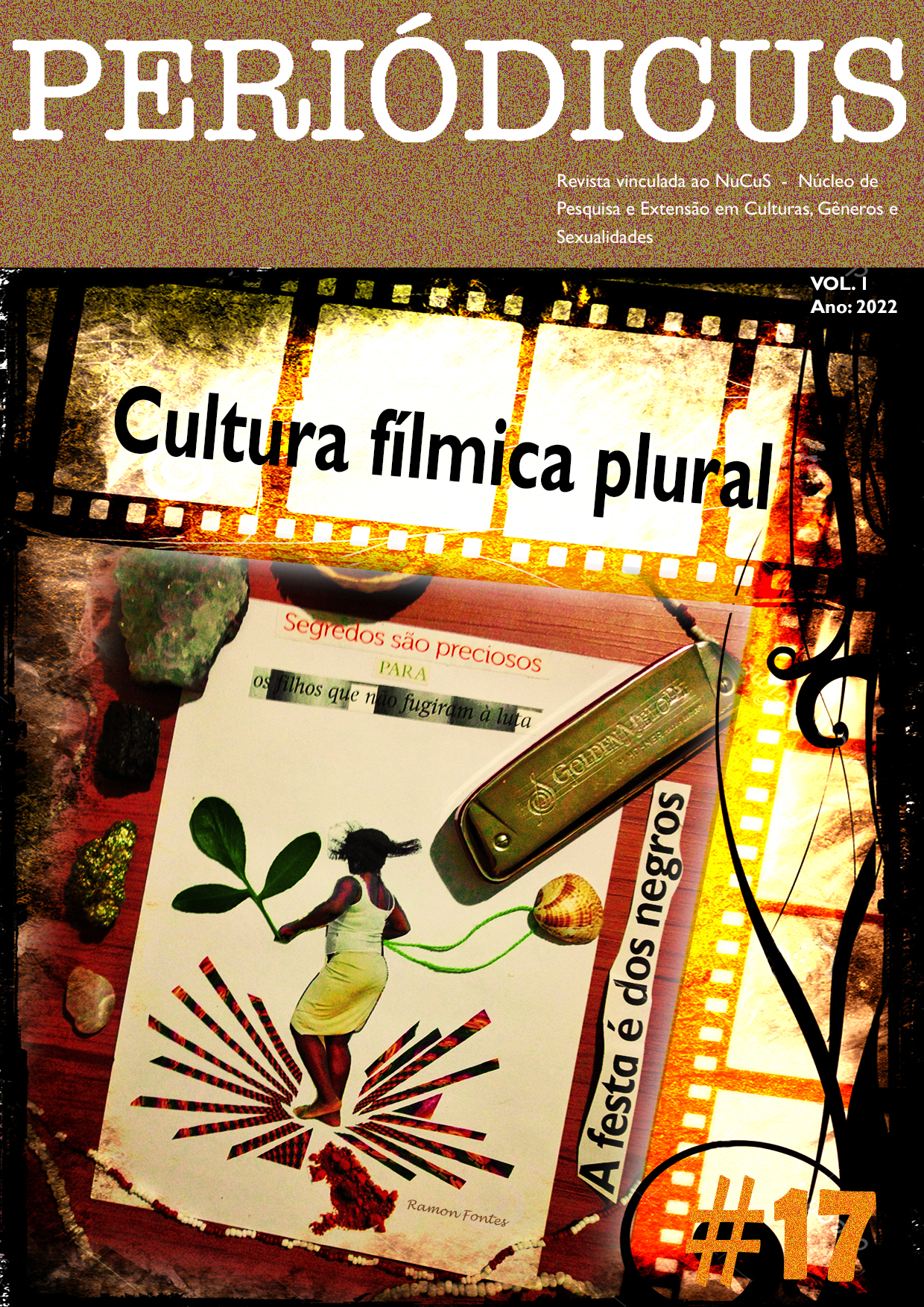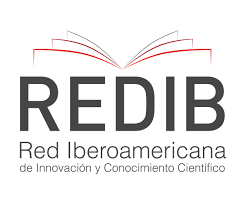Take a close-up!
Brazilian cinema and genre technologies
DOI:
https://doi.org/10.9771/peri.v1i17.47627Abstract
Abstract: Studying gender is trying to understand what mechanisms, strategies, means of circulation of discourses produce it. Cinema is one of these mechanisms, it is a genre technology. Thinking about Brazilian film production allows us to understand the reverberations it exerts on genre productions in our country, especially those related to the LGBTQIA+ population. From the 1930s to the 2000s, LGBTQIA+ were presented as hypersexualized, laughable or abject. Starting in 2010, a new configuration of LGBTQIA+ films are produced: main characters, showing their daily lives, socioeconomic contexts and social conflicts. From the 2010s onwards, we entered a new direction in the frames of our view of the genre and cinema in Brazil, with the growth of documentaries. These process bring us new reflections on contemporary cinematographic productions and their effects on the materiality of deviant bodies.
Key-word: cinema; gender; performativity.
Downloads
Downloads
Published
How to Cite
Issue
Section
License
Copyright (c) 2022 Amanda Pereira de Carvalho Cruz

This work is licensed under a Creative Commons Attribution-NonCommercial 4.0 International License.
Authors who publish in this journal agree to the following terms:
Authors retain copyright and grant the journal the right of first publication, with the work simultaneously licensed under a Creative Commons Attribution Noncommercial License that allows the work to be shared with acknowledgment of authorship and initial publication in this journal, but prohibits commercial use.
Authors are authorized to enter into separate additional contracts for non-exclusive distribution of the version of the work published in this journal (e.g., publishing in an institutional repository or as a book chapter), with acknowledgment of authorship and initial publication in this journal.
Authors are permitted and encouraged to publish and distribute their work online (e.g., in institutional repositories or on their personal website) at any point before or during the editorial process, as this can generate productive changes and increase the impact and citation of the published work (see The Effect of Open Access).








